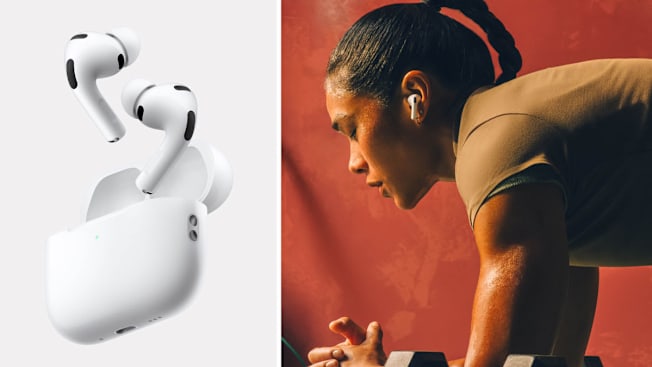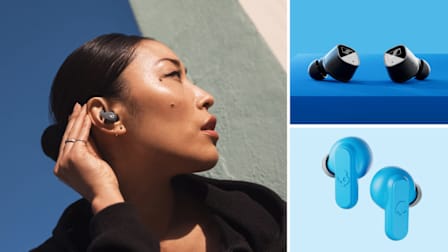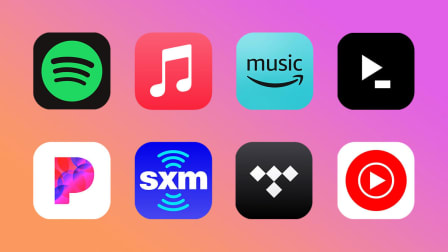Apple's New AirPods Pro 3 Deliver Helpful Workout and Travel Features
We evaluated the performance of Apple's premium noise-canceling earbuds, including the new heart rate monitor function and real-time foreign language translation
When you shop through retailer links on our site, we may earn affiliate commissions. 100% of the fees we collect are used to support our nonprofit mission. Learn more.

Apple’s recently released AirPods Pro 3 earbuds deliver a variety of new features, including heart rate monitoring and real-time language translation. The company also promises heightened performance in key areas, although our testers find the improvements to be rather subtle.
































